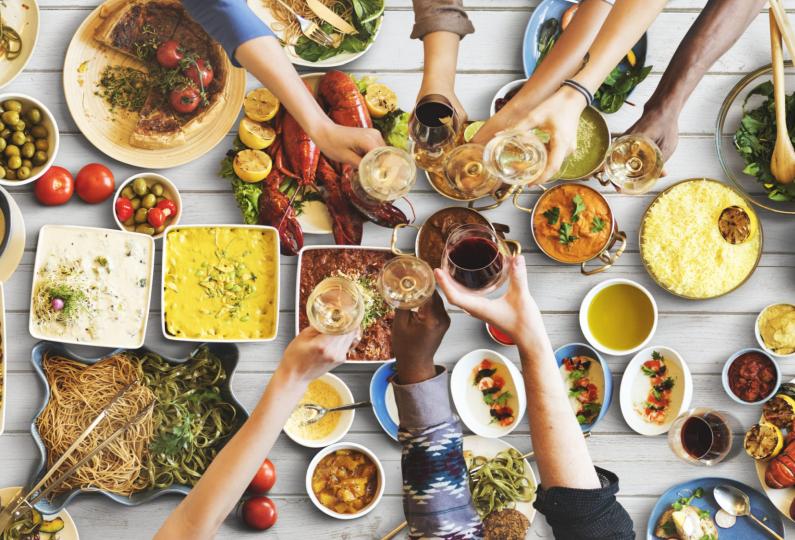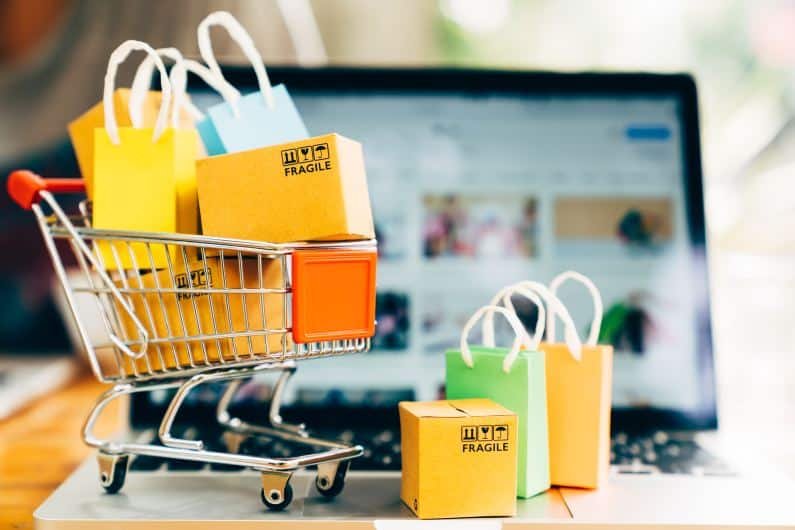Food is intrinsically linked to our cultural identity as well as our well-being, and exploring food from other countries is a common passion amongst many people today.
As our tastes have become more international and more food and beverages get imported and exported every day, quality food and beverage translation has found itself essential in this industry.One of the most popular cuisines worldwide is Italian, and food represents one of the country’s most thriving industries.
There are thousands of Italian cookbooks filled with delicious recipes; hundreds of blogs dedicated to gastronomic tourism and finding the perfect pizza in Napoli or spaghetti a la carbonara in Roma; and hours of cooking shows dedicated to the world’s favorite Italian dishes.
This means that the demand for translation in the food and beverage sectors from Italian to English, as well as to other languages, is high.
What Needs to Be Translated?
Italy isn’t the only country that’s exporting their cuisine far and wide.
From Cyprus to Thailand, food is a truly international industry and food and beverage translation is a vital cog in the machine.
Experienced translation agencies like BeTranslated provide top-quality translations of a wide range of food and beverage-related texts, including:
- Food packaging labels
- Food processing equipment manuals
- Food ecommerce websites
- HACCP documents (a system that identifies, evaluates, and controls hazards which are significant for food safety)
- Videos and web apps
- Food manufacturing documents
- Product descriptions
- Recipes (Nutritional Analyses)
- Quality standards
- Food safety training
- Cookbooks and recipes
- Menus
We’re going to take a look at some of the complications and issues that this type of translation throws up, and why hiring a professional translator to tackle them is the only answer.
Poorly Translated Menus: Funny or Tragic?
Let’s start by taking a look at menus. Most of us have experienced going to a restaurant in a foreign country, thinking “great, they have translated menus” only to be left completely baffled by those translations.
Social media is full of hilarious memes of this very thing.
Sometimes these problems come from local names for dishes that, when you stop and think about it, are truly bizarre.
Take ‘ropa vieja’, a national dish of Cuba that is popular amongst much of the Spanish-speaking world. This meat and veg dish literally translates into English as ‘old clothes’.
How about the original French name for French toast, ‘pain perdu’, or ‘lost bread’?
Not to mention some of the weird and wonderful original Italian names for types of pasta: there’s ‘orrecchiette’ (‘little ears’), ‘strozzapreti’ (‘priest stranglers’), and ‘vermicelli’ (‘little worms’) just to name a few!
And don’t think English is immune to odd food names, we’ve got ‘pigs in blankets’, ‘coddled eggs’, ‘bubble and squeak’, ‘bangers and mash’, ‘ladyfingers’…the list goes on and on!
Untranslatable Food?
These funny, charming, and at times disgusting names can cause translators a real headache!
Literal translations might give diners something to laugh about over dinner and lead to those great memes, but they make ordering pretty difficult.
A common way to get around this is to leave the original source language name and describe the dish and ingredients in the target language.
For example, Spaghetti a la Puttanesca (which could literally be translated as ‘whore-style spaghetti’) may read like this in an Italian to English translated menu:
Spaghetti a la Puttanesca: Spaghetti with a sauce of fresh peeled tomatoes, capers, black olives, garlic, and oregano.
So why not just run the ingredients through Google Translate and not bother hiring a professional, you ask?
Well, that can lead to such mistranslations as mountain ham (jamón serrano) and ‘chicken breast to the iron’ (pechuga de pollo a la plancha-grilled chicken breast).
If you want your business to look professional and your diners not to be confused, do yourself a favor and contract a reliable translation service for your food and beverage translation.
Food Should Sound Appetizing
Whether the source text is a menu, a cookbook, a food label, or a blog, a lot of texts related to food and beverages need to sound appetizing.
Let’s take wine labels as an example: these short texts serve a dual purpose of giving the customer information about the origins of the wine and what flavors to expect, while also tempting them with sumptuous descriptions to purchase the bottle.
Every word is thoughtfully used to make the wine sound delicious and appealing.
Conducting a comprehensive wine market analysis can provide valuable insights into consumer preferences, trends, and competitive landscape, enabling producers to craft compelling and market-driven wine labels that resonate with their target audience and boost overall sales.
The same goes for recipes in a cookbook; these should entice the reader to want to buy the book and try them at home.
A translator has to accurately render the information present in the source text whilst attracting the target reader.
Sometimes leaving elements of the source language can make food sound more appealing and exotic, and a good translator will be able to strike the perfect balance between accuracy and desirability.
Allergic to Poor Translations
Food and beverage translation is not all delicious recipes and reviews of the most authentic trattoria in Florence; translation accuracy can be a question of life and death.
When it comes to translating ingredients for food labels, for example, there is no margin for error.
These days we are more aware of the vast array of allergies and intolerances out there, and for those suffering, exact information is crucial.
Imagine the trouble that confusing pine nuts and peanuts could cause, for example.
And let’s not forget cultural, religious, or personal dietary requirements such as veganism, vegetarianism, and kosher and halal diets to name a few. People need to know what’s in their food!
While we’re on the topic of food and drink labels, contracting a localization service to consider the images on packaging, as well as the text, would be a smart step to make sure your product is not culturally insensitive to a new overseas market.
Food Transportation and Quality Control
In our highly globalized world, food is being imported and exported far and wide every day. In July 2019, for example, the EU agri-food exports reached a record-breaking €13.07 billion.
The complex import-export process requires a myriad of documents from certificates of origin and import/export licenses, to shipping guarantees and trust receipts.
And of course, all of these documents need to be translated by a professional, trustworthy translation service.
These documents often come with legal requirements, so make sure you find out if they need to be translated by a certified or sworn translator, for example.
Are you searching for skilled translators to handle your food and beverage-related content? Look no further than BeTranslated.
Whatever the language combination, we have the right translator for you. Contact us today for more information or a free, no-obligation quote.





